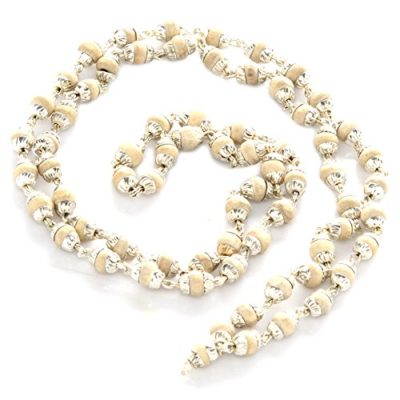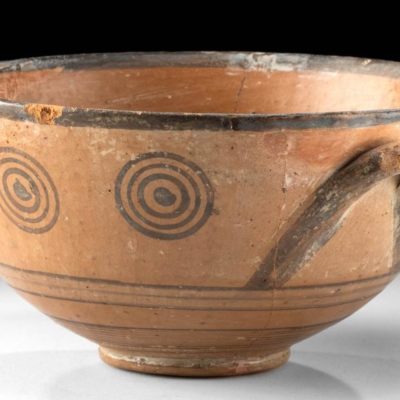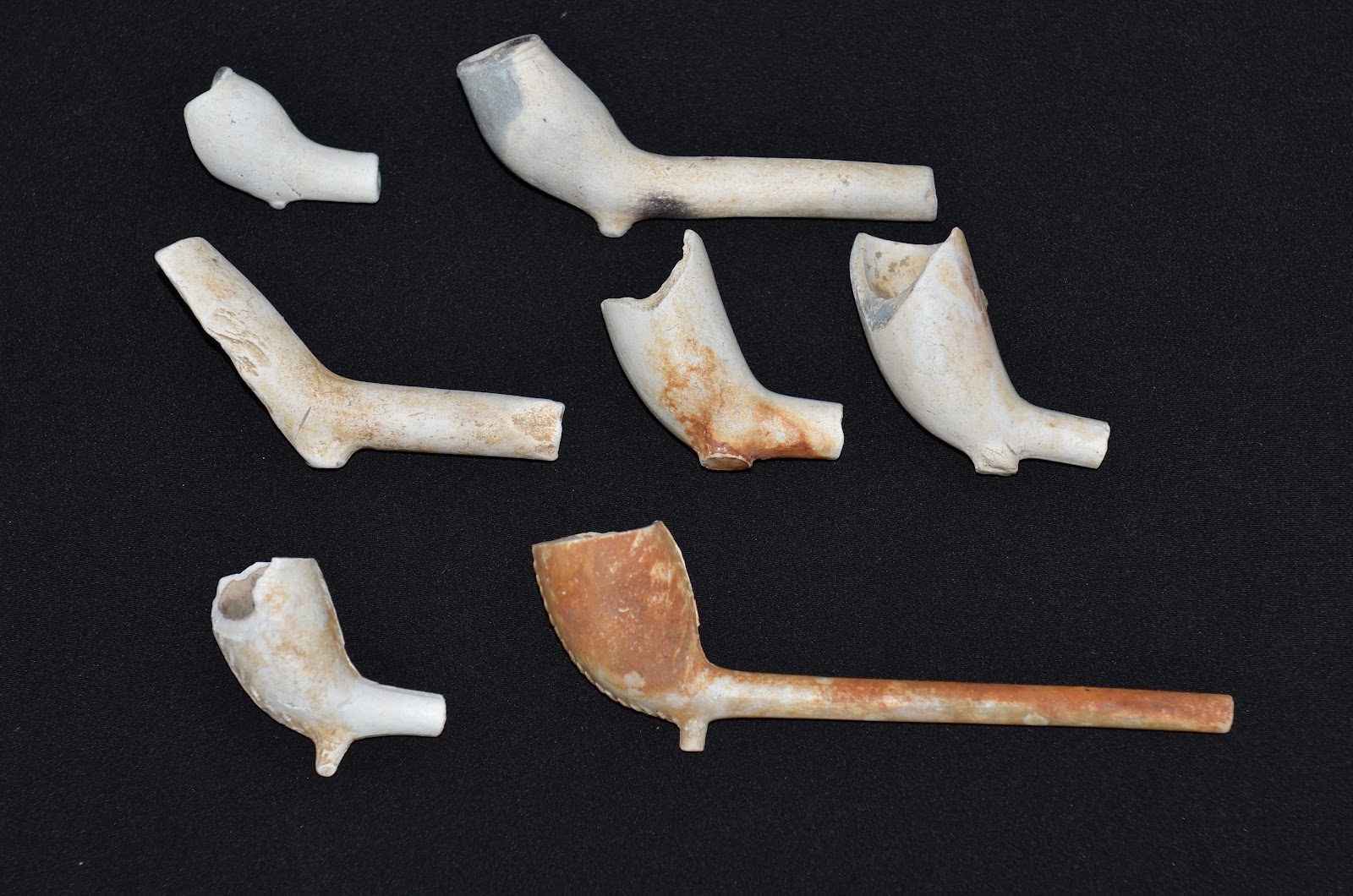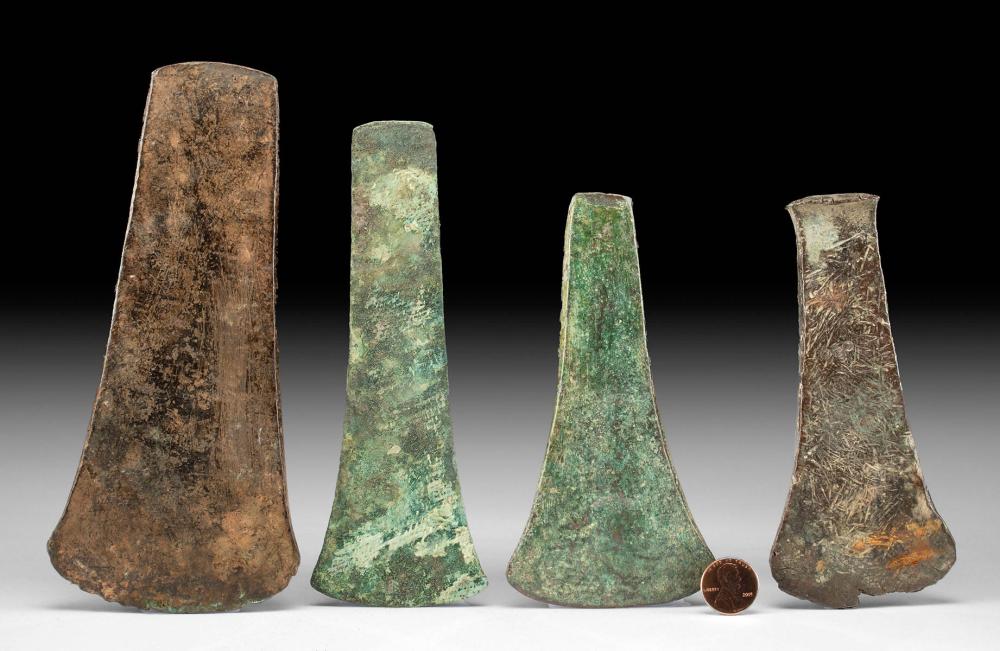During years of AD 1669 and 1670, the German physician and explorer John Lederer, traversed the northern area of the region that would later become North Carolina. He wrote of encountering a group of natives that he called Saura and who lived in villages along the Dan River in the modern NC counties of Rockingham and Stokes. This is their story.

We do not know exactly where the name Saura (also spelled Sara, Saro and Sarwa) came from but a guess is that these are the same Indians encountered by Hernando de Soto in AD 1540 and who he called Suala or Suale. These natives supposedly began living in two large villages and several smaller ones along the river about AD 1450, according to archaeological data. The two large villages are today called Upper Sauratown in Stokes County, near the confluence of Town Fork Creek and the Dan River and about 30 miles southeast in Rockingham County is Lower Sauratown located a short distance down river from the entrance of the Smith River into the Dan and they were both utilized by the natives until around AD 1700. The Dan River itself was reportedly named for a Saura Indian leader called Danapha or Danaho. If these Indians did occupy the area as early as 1450, they were possibly related to an earlier prehistoric culture called Dan River Phase. But at least some of these natives most likely migrated from Southwestern Virginia some time after the Spanish intrusion into that region in 1567. There have been almost identical pottery vessels and shell gorgets found in the Virginia and North Carolina locations linking the two groups. Both the Upper and Lower Sauratown sites are archaeologically divided into three time periods or sub-phases. The Early Sauratown group inhabited the sites from about AD 1450 to 1620. The Middle group lived there from AD 1620 to 1670 and the Late Sauratown villagers occupied the land from AD 1670 to about 1700. These divisions are based on distinct pottery types, settlement patterns, ceremonialism and European trade goods.
The Indians who lived in these towns mostly built small dome shaped houses using bent saplings that were tried together at the top of the dwelling and were covered with skins, bark or wattle and daub. They built fortified stockades around their village homes possibly because there was intensive warfare to gain the best agricultural land and for defense from raiding parties of Indians from the northern regions. As time progressed from AD 1450 to 1700, the native life in these communities changed. During the Early and Middle periods, the villages and the populations were becoming larger and more complex but during the Late Sauratown times, the number of villagers became fewer and with much larger cemeteries. Throughout the entire 250 year period of occupation in the two Sauratowns, the natives used the bow and arrow for warfare and hunting and little changed in that respect. They made short bows, about three to four feet long, from locust wood and arrows using river cane. The arrows were tipped with small triangular shaped points made of rhyolite, quartz or silicified slate. They grew corn and squash and beans all through entire period with the only change probably being as the population increased or decreased demanding more or less of these crops. But there were changes in ceremonialism and religion and changes in pottery. Throughout this total time period the Indians made simple utilitarian pottery some of which was corn cob impressed, net impressed or brushed on the exterior surfaces. Beginning during the Middle and extending into Late Sauratown phases, the pottery had changed to mostly smooth burnished surfaces with everted and elaborate rims and there was effigy pottery being made which almost certainly had ceremonial purposes. These smooth surfaced ceramic vessels are called Oldtown pottery and are fine sand tempered with thin walls and large sizes for cooking or food storage. The Indians there would have had a definite religious life based on a central and all mighty god as well as minor deities and they would have glorified these supernatural beings with objects used in various ceremonies. These items would have included shell and stone pendants, gorgets and beads, ceremonial axes and celts, stone spautlates, smoking pipes and effigy pottery. And they must have had a pretty good life even considering the Indians of the other regional villages probably wanted them gone or dead so as to acquire their corn fields. But all that changed during the seventeenth century when the Europeans began arriving in north-central North Carolina and brought with them alien microbes and epidemics of diseases to which the natives had no resistance. Based on recovered archaeological evidence, there was extensive bartering between the Europeans and the Saura of these villages in the AD 1630 to 1700 time period. They brought glass and copper beads; iron axes, knives and hoes; brass kettles; pewter and kaolin pipes; woven cloth and guns to trade with the natives for deer skins, furs and, most importantly, land. Both Sauratown village sites have been archaeologically explored beginning at Lower Sauratown by the Reverend Douglas Rights sometime before 1936 and by UNC in 1938. Upper Sauratown, though, has received the most efforts in explorations. During the 1960’s through the 1980’s both professional and amateur archaeological sleuths spent countless hours searching this site for ancient artifacts and scientific information. The site has yielded many shell gorgets, effigy and utilitarian pots, stone celts and multitudes of arrowheads. Also found have been tens of thousands of glass trade beads of the AD 1600-1700 time period which attests to the large amount of bartering between the Indians and the colonists. But along with the exchange goods these Euro-American traders also brought death. During the Late Sauratown time period, the village sites became largely burial grounds for the natives killed by smallpox, measles and even the common cold. In an attempt to escape these rapidly spreading pathogens, the Saura abandoned their homes along the Dan River around 1700 and moved south to join the Keyauwee Indians near the Pee Dee River and hopefully have peace and tranquility. But alas, as we know today, that did not happen. These sovereign and noble Indians were going to essentially perish as a stronger and more greedy people overtook them and their lands.
And thus here is the short and simplified version of these Saura Indians and their towns. They existed for about 250 years in at least some peace and prosperity. But what of us today? We of the European extraction have been in this land for 250 or more years. What will happen to us? Will tyrannical and religious militants overtake our lives and our lands? Or will we continue to live in peace and harmony and avoid the ultimate fate of the Saura Indians of Rockingham and Stokes Counties, NC.
REFERENCES:
Arnett, Ethel S. 1975
THE SAURA AND KEYAUEE IN THE LAND THAT BECAME GUILFORD,
RANDOLPH AND ROCKINGHAM
Cumming, William P 1958
THE DISCOVERIES OF JOHN LEDERER
Gallay, Alan 2002
THE INDIAN SLAVE TRADE: THE RISE OF THE ENGLISH EMPIRE IN
AMERICAN SOUTH 1670-1717
Glanville, Jim, Phd 2008
“Lizard Effigy Vessels from Virginia and North Carolina”, CENTRAL STATES
ARCHAEOLIGICAL JOURNAL, Vol. 55, No. 2
Mathis, Mark A & Jeffery J. Crow 1983
THE PREHISTORY OF NORTH CAROLINA
Maus, Jim 2010
“Three Saltville Style Gorgets and a Crystal”, JimMausArtifacts.com
Rights, Douglas L. 1947
THE AMERICAN INDIAN IN NORTH CAROLINA
Smyth, John F. D. 1784
A TOUR OF THE UNITED STATES OF AMERICA
Ward, H. Trawick & R. P Stephen Davis, Jr. 1993
INDIAN COMMUNITIES OF THE NORTH CAROLINA PIEDMONT: AD
1000-1700





